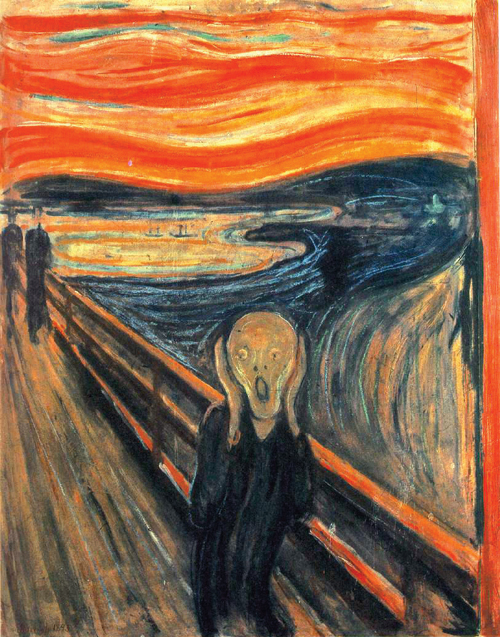
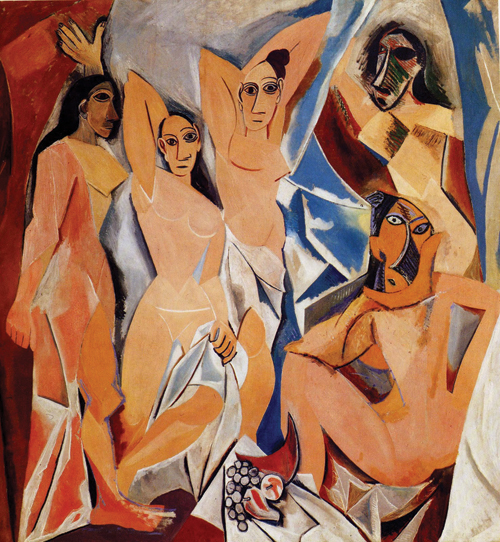
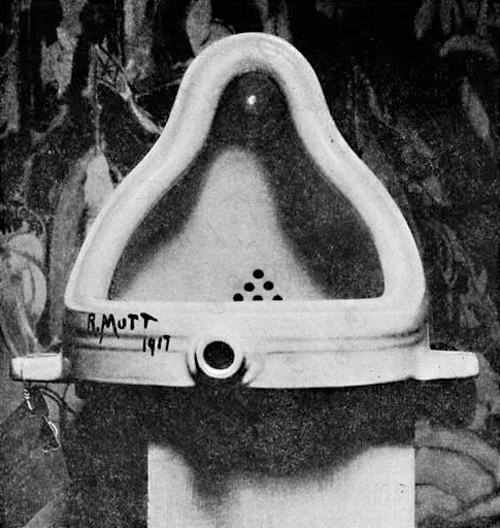
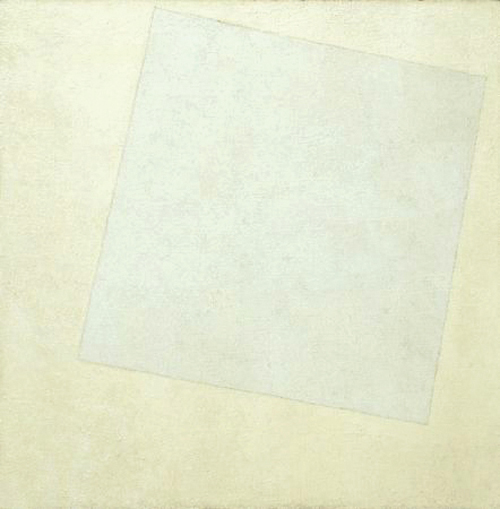
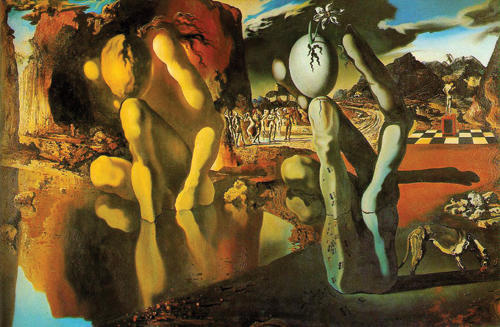
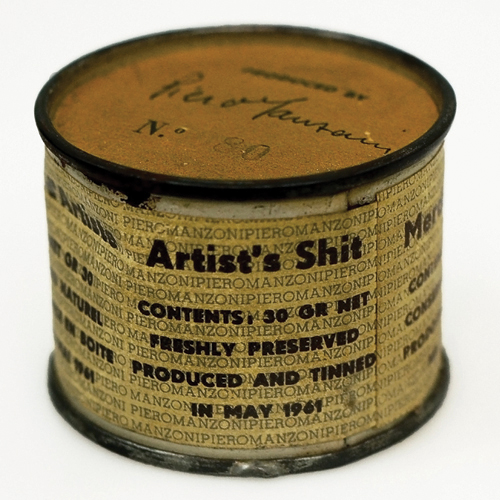
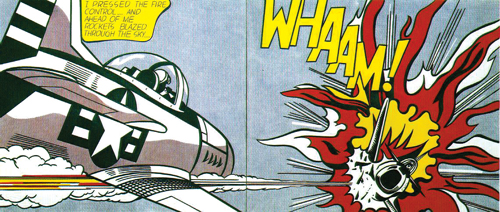
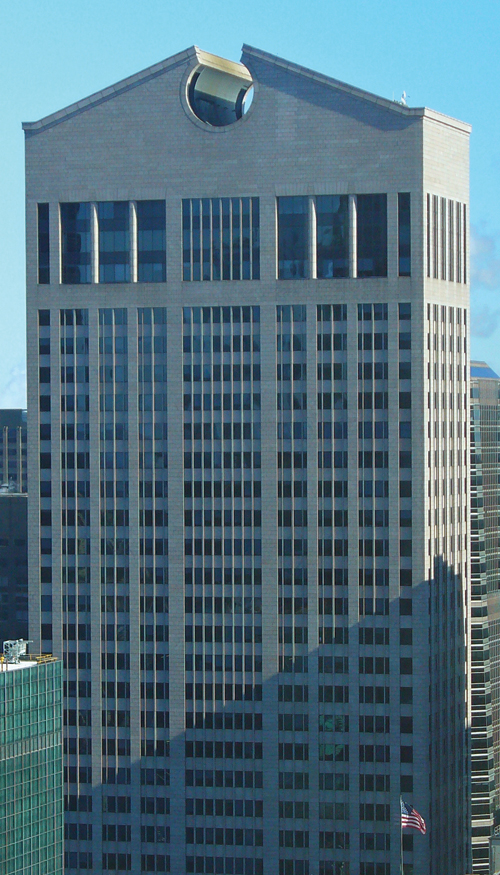
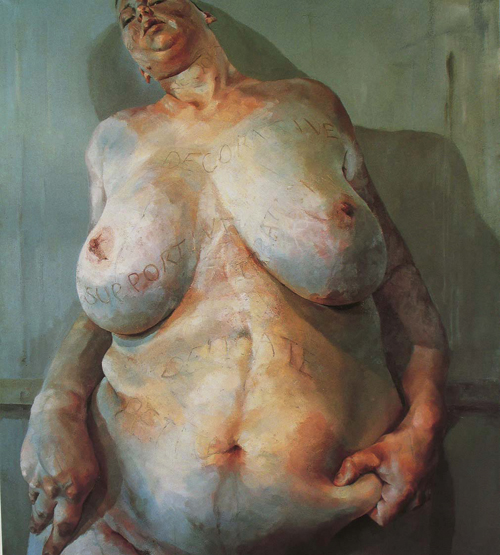
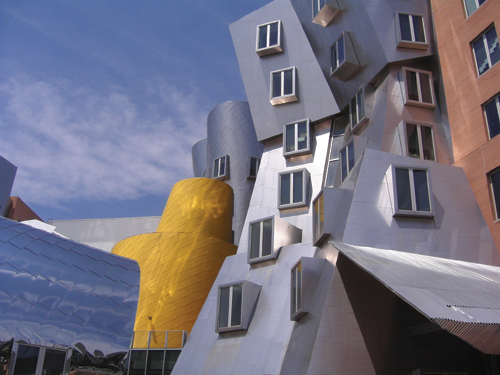
Related: “Why Art Became Ugly”
Navigator (Volume 7, Number 7), September 2004.
Also available in German [pdf], Korean [pdf], and Spanish translations.
[Go to the Art Images page.]










Related: “Why Art Became Ugly”
Navigator (Volume 7, Number 7), September 2004.
Also available in German [pdf], Korean [pdf], and Spanish translations.
[Go to the Art Images page.]
hi stephen I am wondering where you draw the line between modern and post-modern in the art-context? there seems to be a form of self reflection in alot of post/modern art as if breaking the 4th wall and letting the watcher in the picture, making it a relation to the figure to the painting as opposed to a relation to the figure in the painting.
Hi Kristian: I agree the fourth-wall point is significant. My analysis of where the line is drawn is in this article, in the section where I transition to “Postmodernism’s Four Themes.”
Hello Sir, I was interested in what you said about Marxism and postmodernism, very interesting, I learned a lot.
You should know that when Duchamp made his “Fountain”, and then his “ready-mades”, he knew full well, and even explicitly affirmed it in an interview, the one with Alain Jouffroy, if I remember correctly, that this way, could destroy the “métier d’art”. The “Fountain” is basically just a provocation, that’s what I call the primary reason of the object, a provocation, which therefore could very well have been destroyed by Duchamp. The fact is that he lets this provocation become an object of art, enter the world of art, therefore put it on the same level as sculpture (we put sculptures on pedestals), and that it was therefore inevitably going to make a school. So I sincerely believe that there is something totally new in this process, I sincerely believe that there is a desire for destruction there, a desire for destruction in Marcel Duchamp. He knows that it can destroy the “métier d’art”, but he still lets it enter the world of art. So that begs the question, can a creator be a destroyer? It turns out that the creator, however provocative, never had the will to destroy the art. Before Duchamp there was the Incoherent Art movement, but this movement never declared itself to be an avant-garde movement, it never had a manifesto, with a desire to put an end to so-called academic art, to make a school, and this movement disappeared in a natural way without any desire to go down in history, it was just a movement that wanted to amuse the gallery, with puns, caricatures, misappropriation of objects, buffooner (and moreover Duchamp stole ideas from this movement, without ever having spoken about it.). With Duchamp we clearly enter into the desire for destruction mixed with a contemporary (not ancient) cynicism (which can very well be seen in his way of talking about the painter and the painting of the 19th century). Duchamp is not just a provocateur.
Best
Well said, Nicolas.